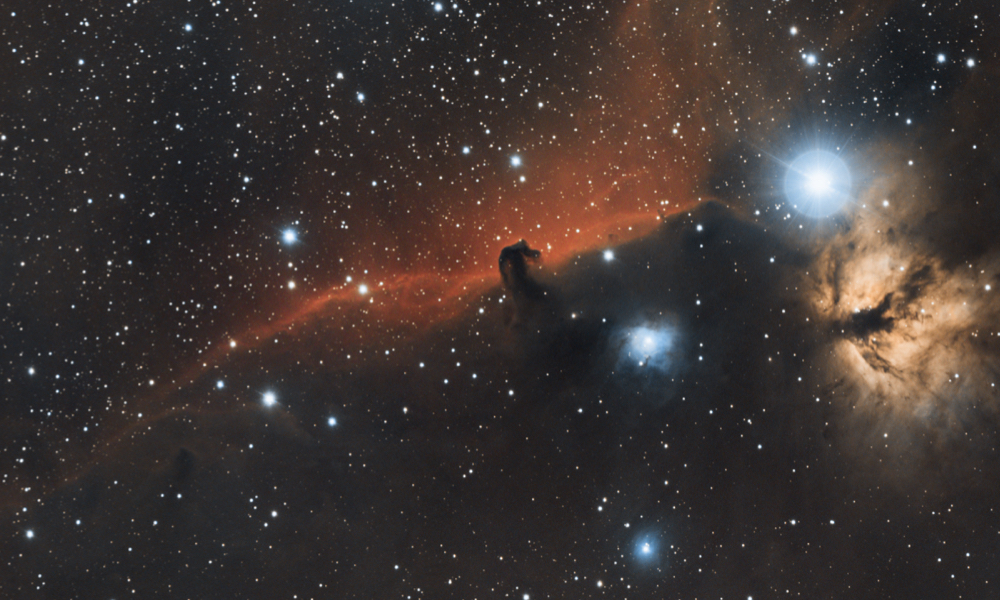
ESA Open Invitation to Tender AO10124
Open Date: 28/01/2020
Closing Date: 10/03/2020 13:00:00
Status: ISSUED
Reference Nr.: 19.18I.05
Prog. Ref.: Fut.Mis.Prep.
Budget Ref.: E/E104-E5 – Fut.Mis.Prep.
Special Prov.: BE+DK+FR+DE+IT+NL+ES+HU+SE+CH+GB+IE+AT+NO+FI+PT+GR+LU+CZ+RO+PL+EE+CA+SI
Tender Type: C
Price Range: 200-500 KEURO
Products: Satellites & Probes / Payloads / Instruments / RF and microwave Instruments / Other (Scatterometers,..)
Technology Domains: System Design & Verification / System Analysis and Design / Design and Simulation
Establishment: ESTEC
Directorate: Directorate of EO Programmes
Division: Future Missions & Instrument Division
Contract Officer: Tchoualack, Cendrine
Industrial Policy Measure: N/A – Not apply
Last Update Date: 28/01/2020
Update Reason: Tender issue
The first space-borne W-band (94 GHz) radar for cloud profiling was launched in 2006 onboard the CloudSat satellite. The ESA-JAXA EarthCARE satellite, due for launch in 2022, will carry an advanced W-band cloud radar with Doppler capability, that will allow the observation of vertical motion within clouds. The W-band radar with Doppler functionality can furthermore be used in a satellite specifically designed to measure horizontal cloud motion, using a slanted, rather than a nadir, antenna beam pointing. The Doppler velocity measured along the radar line of sight can be used to derive the horizontal movement of the target clouds. In previous ESA contracts, systems have been considered using a conically scanning W-band Doppler radar to measure cloud horizontal motion with a wide swath. The observation of large-scale winds in clouds can be assimilated in to numerical weather models for improving their forecast skill. Small-scale fluctuations of cloud velocities would help to better characterize convective motion and link it to precipitation,which is a major challenge in weather modelling. This study shall address a number of key scientific issues related to the exploitation of a conically scanning W-band Doppler cloud wind radar. Specifically, it shall provide the scientific evidence and methodology, that and how horizontal winds can be derived from a conically scanning W-band Doppler wind radar for realistic and sufficiently comprehensive atmospheric cloud scenarios. This shall include, but not necessarily be limited to, analyses how wind retrievals are affected by i) cloud inhomogeneities in the field of view (non-uniform beam filling), ii) convective motion, iii) terminal velocity of the ice particles, and iv) pointing knowledge. Items i) to iii) shall be analyzed suitable data sets of 3-dimensional high-resolution (100m) winds and reflectivities from air-borne multiple-pointing W-band Doppler radar observations. The bidder is requested to acquire and process suitable aircraft radar data sets. Item iv) shall be addressed by suitable means, such as observational simulationsover several orbits using model wind fields, for example, from ECMWF. The outcome of the activity shall demonstrate the scientific feasibility of the wind retrievals with the required accuracy.
If you wish to access the documents related to the Invitation to Tender, you have to log in to the ESA Portal.
